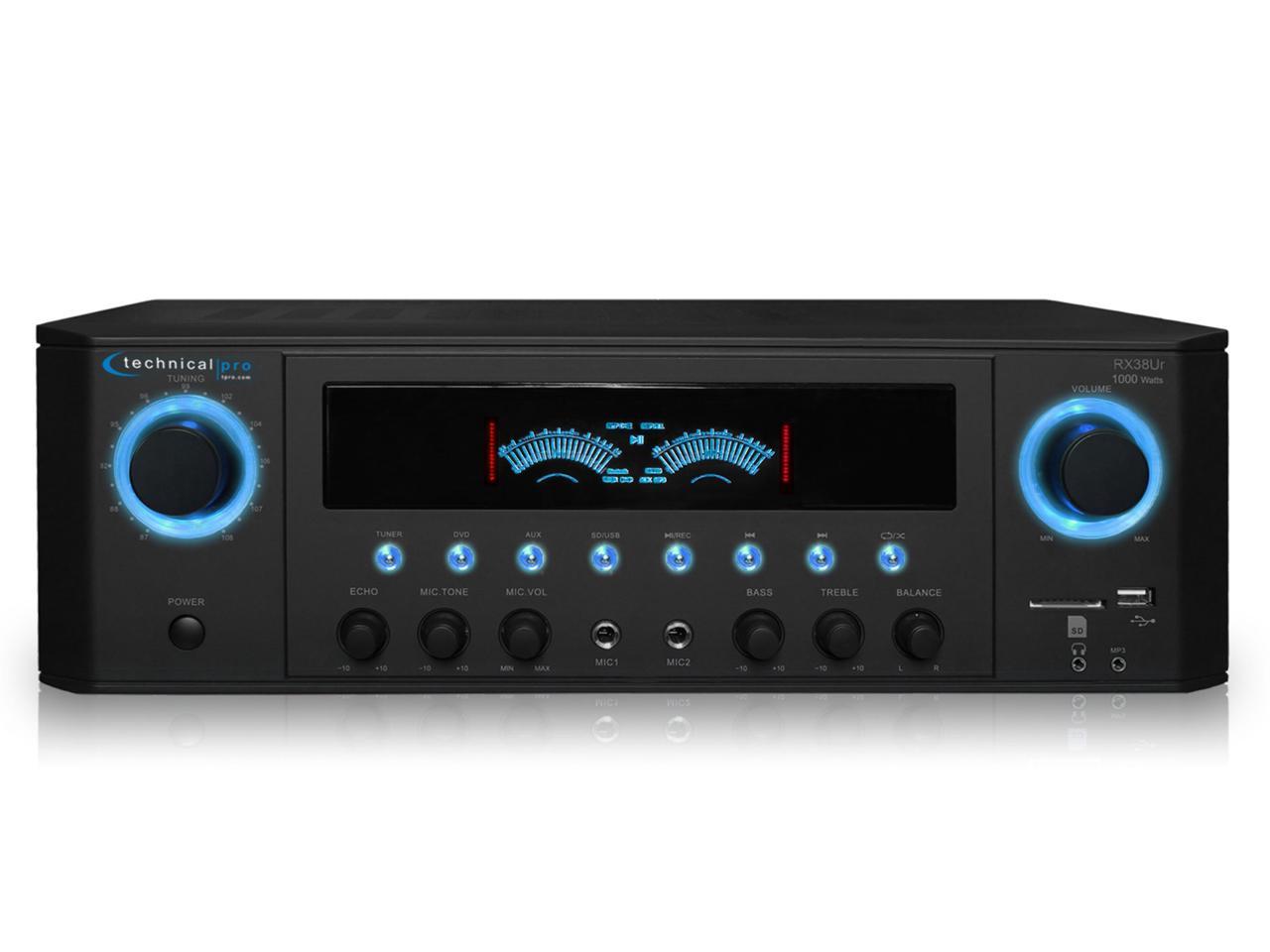
- Audio tuner for pc install#
- Audio tuner for pc drivers#
- Audio tuner for pc software#
- Audio tuner for pc Pc#
- Audio tuner for pc windows#
It works by automatically powering down or “hibernating” one or more components of the computer system when the computer has been idle for a predetermined amount of time. This is useful for conserving energy when the computer is not in use.
Audio tuner for pc windows#
Windows allows for custom configuration of its power settings. * Advanced > Data Execution Prevention > Turn on DEP for essential Windows programs and services only. * Advanced > Processor Scheduling > Background Services.

* Visual Effects > Adjust for best Performance. To make these adjustments, right-click on Computer > Properties > Advanced System Settings > Performance > Settings, and select: While great in theory, DEP can sometimes see audio applications as "malicious code." Leaving it on to prevent attacks on essential Windows files is preferable. This is a technology originally developed in Windows XP that is now a part of Windows.
Audio tuner for pc software#
In order to get the most performance from audio gear, it is best to set your processor to handle background services first.ĭata Execution Prevention (DEP) is a set of hardware and software technologies that perform additional checks on memory to help prevent malicious code from running on a system.
Audio tuner for pc drivers#
This seems good on the surface however, audio drivers run in the background, and NOT as separate programs. The default setting is to devote more to your programs. Processor scheduling determines which types of processing are given a higher priority by Windows. They address the visual aspects, processor handling, and DEP for the Windows OS.

These adjustments are some of the more sweeping optimizations in this guide. Click Cortana > type in "Device Manager" and press "Enter." Right-click on the Start button and go to "Device Manager." It is assumed you can access the Device Manager. For example, instead of seeing "double-click on Computer, then double-click on C:, then double-click on Program Files," you will see this: "Go to Computer > C: > Program Files."Ĥ. When navigating Windows, the ">" symbol is used to show the next step. This view will show you all options rather than grouping them together under categories.ģ. The Control Panel is set to "Large Icons." This options is available from the "View By" drop-down at the top right-hand corner of the page. Therefore, if you have modified the way your windows are displayed, or otherwise customized the OS, some of the instructions may be slightly different.Ģ.
Audio tuner for pc install#
This guide assumes that you are working off a fresh install of Windows. This guide is intended to step you through optimizing your machine in preparation for your new hardware and software to gain the most out of your system without experiencing the unnecessary heavy processor loads of poorly optimized machines.Ī few conventions are used in the following sections:ġ. Some of these are not the ideal settings for dedicated DAW users though. Because Windows is meant for an entire spectrum of users, by default, the user interface is designed to have a very nice GUI (Graphical User Interface), plenty of security, a pleasing set of sounds, and several other features. It is important that you read through this documentation, as it covers several crucial optimization steps recommended when setting up your DAW. Here you will find a comprehensive guide to optimization of any computer for use as a DAW (Digital Audio Workstation).
Audio tuner for pc Pc#
The indicated guitar tuning applies to classical guitar, steel-string acoustic guitar, and electric guitar.Welcome to the Windows PC Optimization Guide. Notice the list above only shows the most common tuning for each instrument. The notes are written from lowest to highest, except for the ukulele and banjo that don't have strings ordered by pitch. Below is a list of common instruments and their tuning.

You can use a tuner for all musical instruments. As you play a note on your instrument, adjust the pitch until the tuner indicates the note is in tune. You will be asked to allow access to your device’s microphone so the tuner can hear what you play. To tune your instrument, click the green microphone button. Most tuners are “chromatic tuners” and detect all 12 distinct notes. Over time, the strings loosen, and the instruments need to be tuned to maintain optimal sound. It's most common to use a tuner for string instruments such as guitars and violins. The tuner indicates whether the note is too high, too low, or in tune, helping musicians tune their instruments easily. A tuner is a device that detects a note’s pitch when played on a musical instrument, and compares it to the desired pitch.


 0 kommentar(er)
0 kommentar(er)
